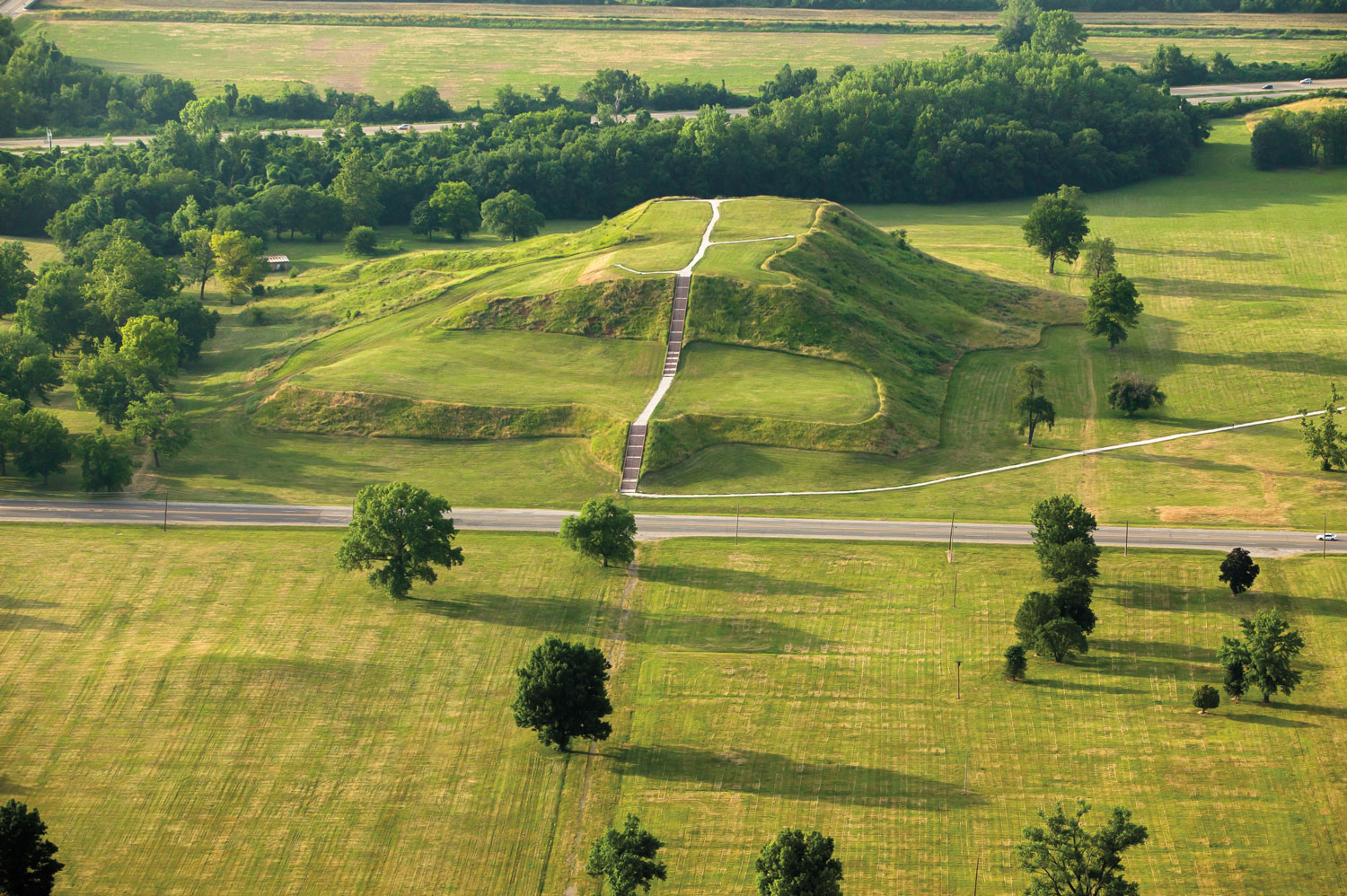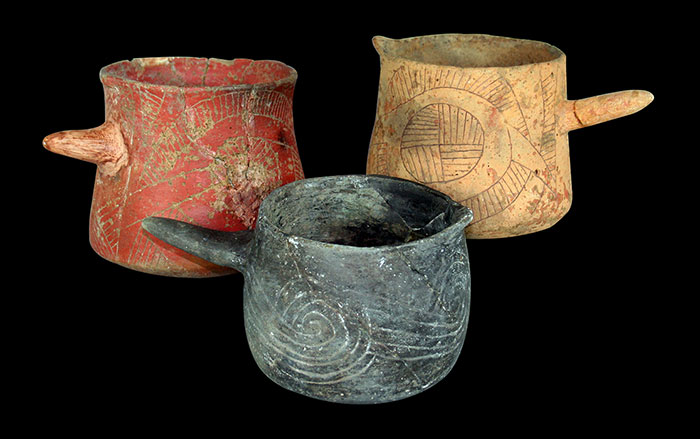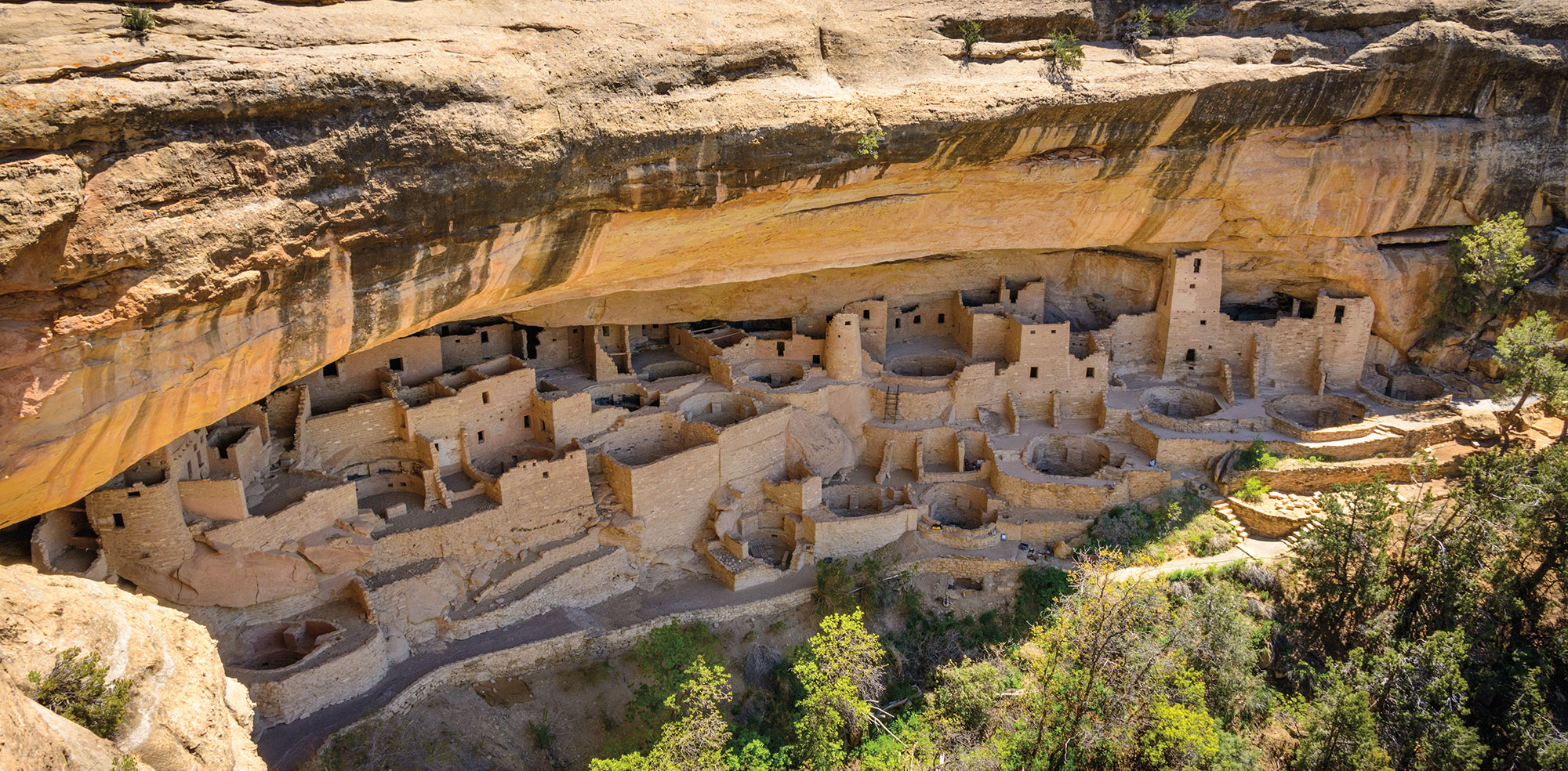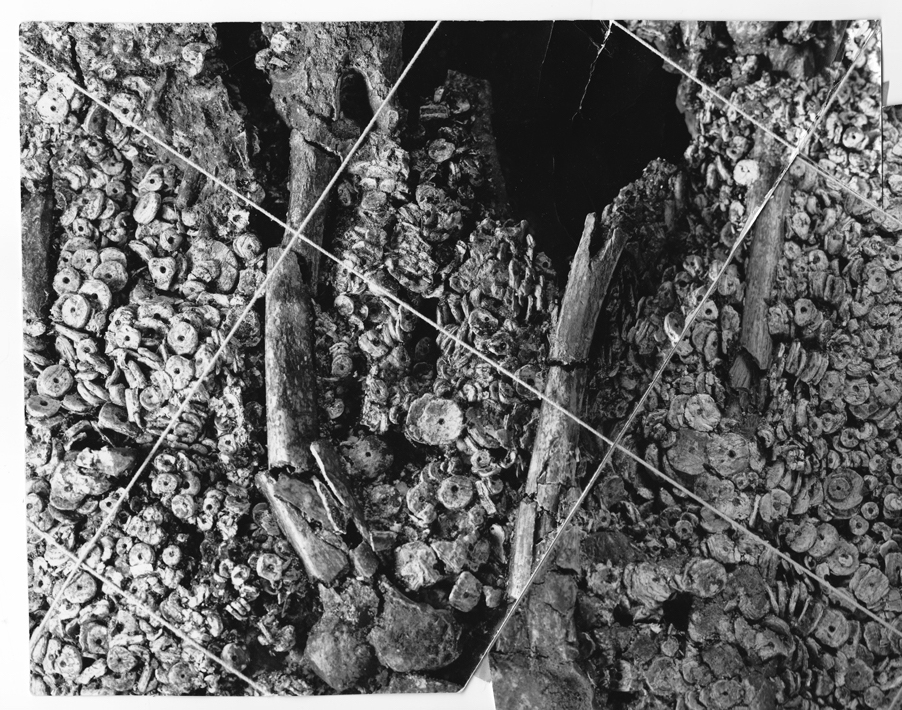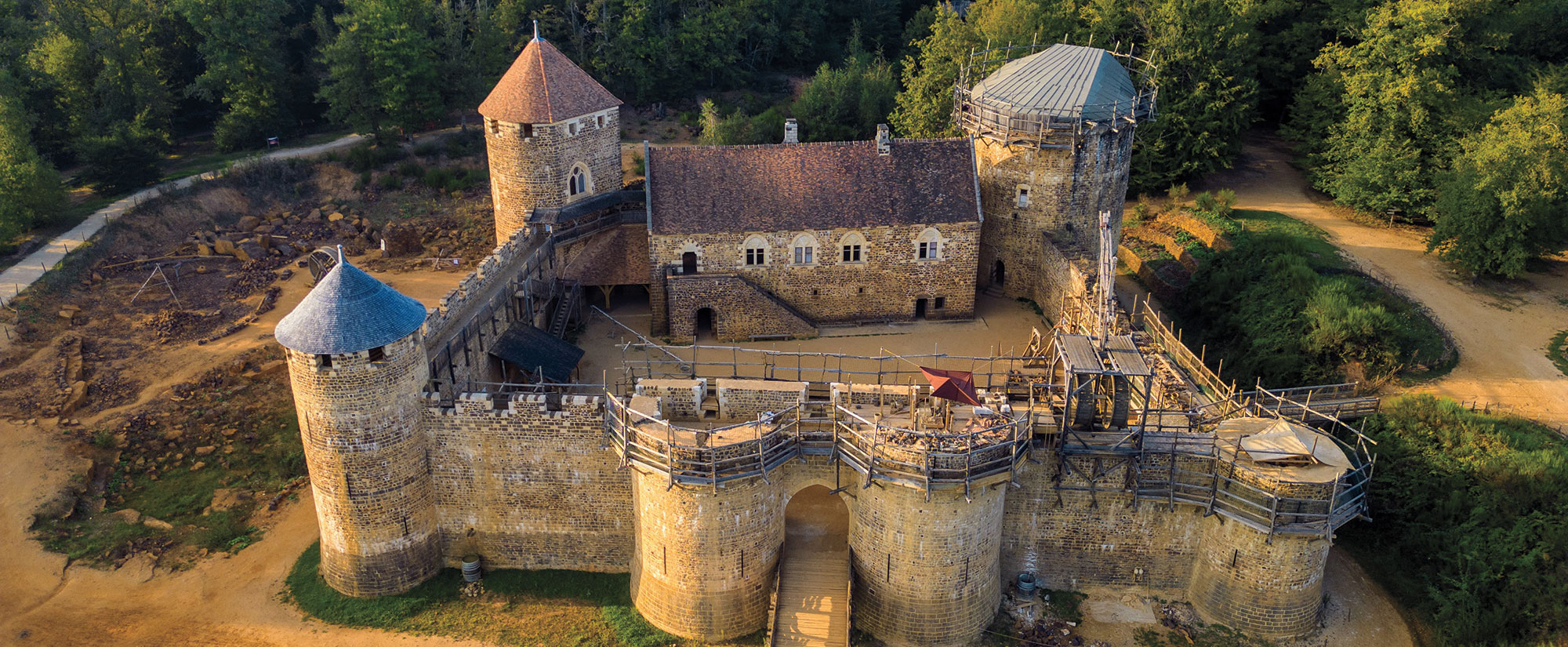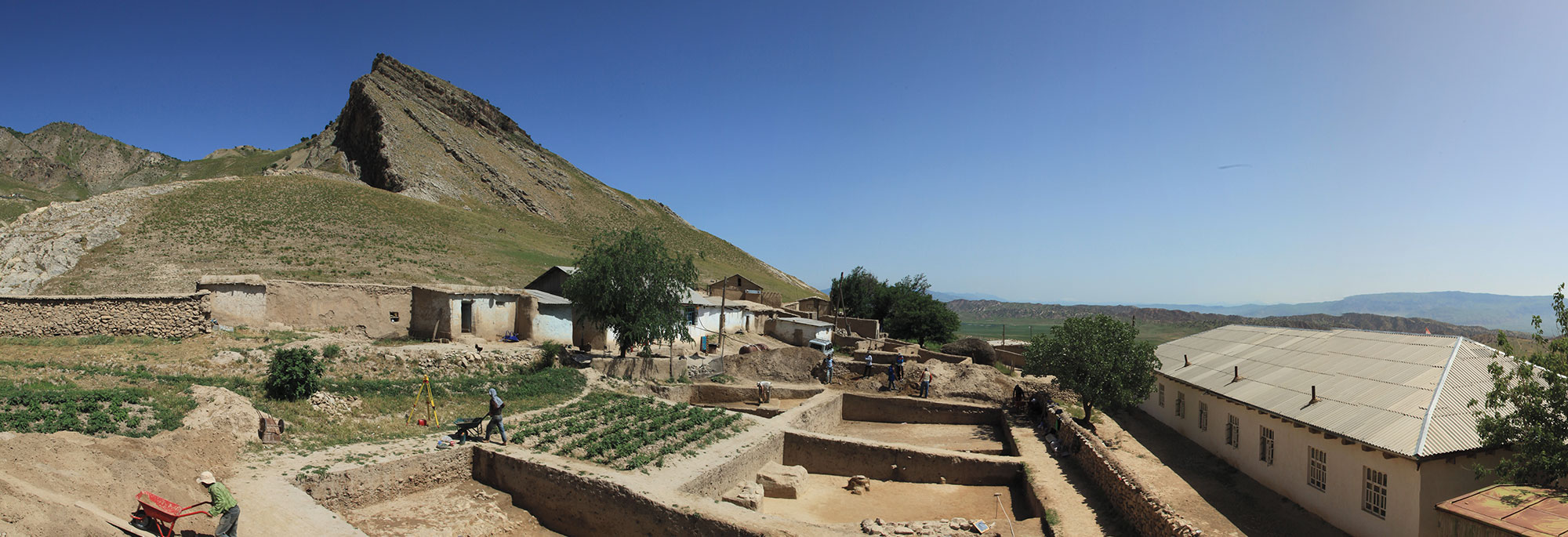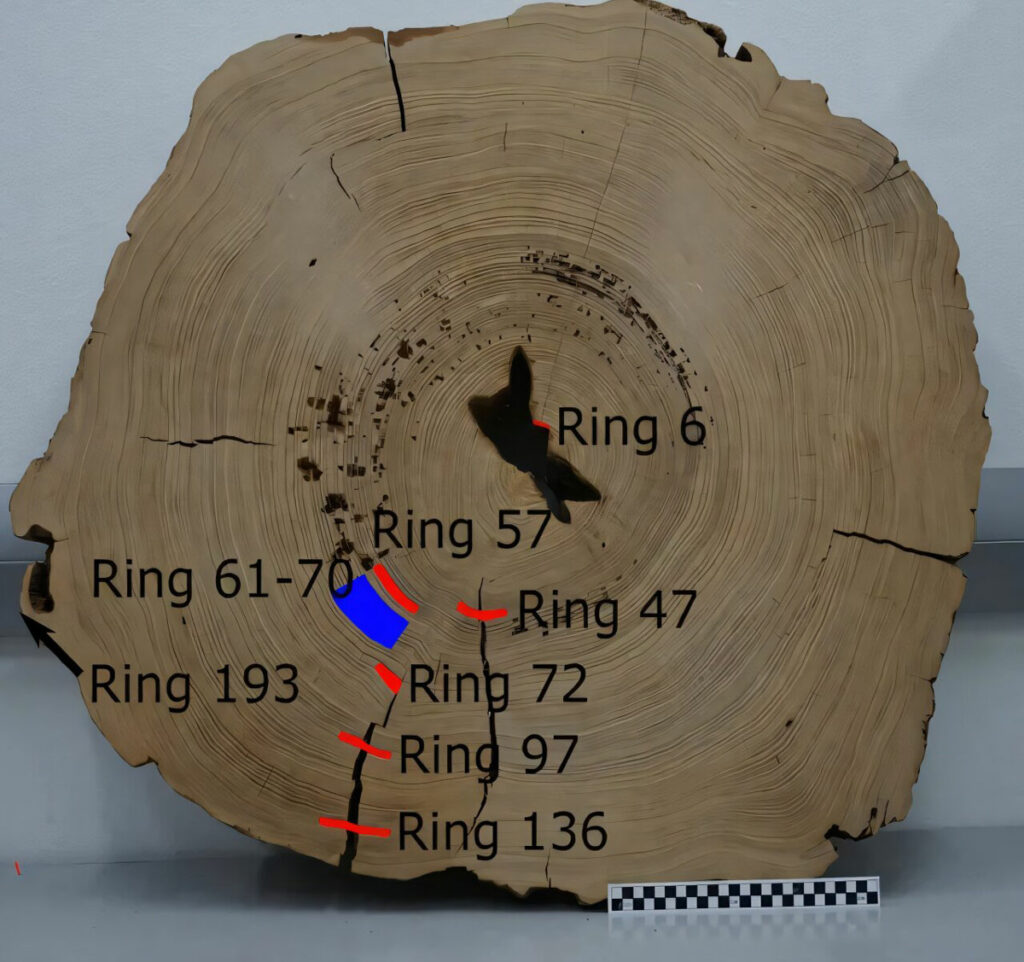
TUCSON, ARIZONA—A new analysis of the Mitchell Log, the largest marker post recovered from Cahokia, has yielded dating information for the ancient North American city and insight into how marker posts were obtained by its residents, according to a Phys.org report. Nicholas V. Kessler of the University of Arizona and his colleagues used advanced tree-ring radiocarbon dating techniques and strontium stable isotope analysis in their study of the Mitchell Log, a piece of bald cypress which measures about 11 feet long and weighs about 2,200 pounds. When it stood in a plaza in Cahokia, this marker pole was likely 60 feet tall and may have weighed as much as 11,000 pounds. Radiocarbon dating revealed that the bald cypress had been felled around A.D. 1124, when the tree was an estimated 194 years old. Isotope analysis indicates that the tree likely grew in southern Missouri, northern Arkansas, western Tennessee, or southern Illinois, in an area some 100 miles away from Cahokia. Kessler and his team members think it is more likely that the tree had been harvested and then floated or rafted upriver through the backwaters of the Mississippi River, rather than carried overland to its destination. At the time, they note, construction in the city had peaked, agriculture was highly organized, and exotic materials were regularly imported. By about A.D. 1150 to 1175, rotting probably required removal of the Mitchell Log marker post. Nearby ceremonial buildings are thought to have been abandoned around the same time. Analysis of additional marker posts from the site could offer additional information about the city’s decline, the researchers concluded. Read the original scholarly article about this research in PLOS One. To read about a radiocarbon study tracking Cahokia's population, go to "Update: Making History."


